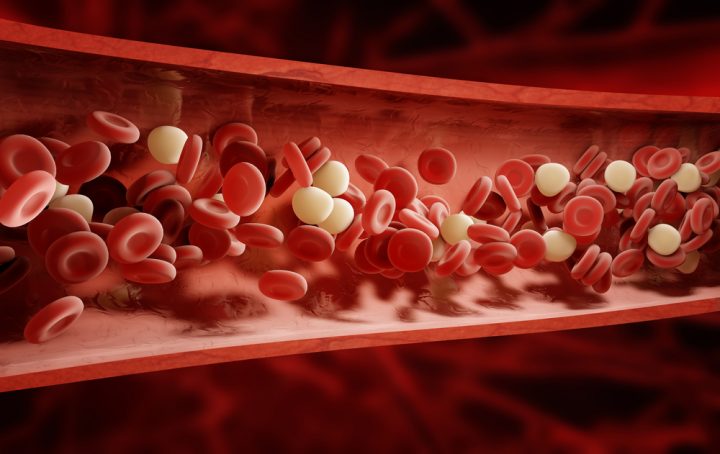Rituximab Stabilizes Blood Circulation in Small Vessels in Systemic Sclerosis Patients, Study Shows

microcirculation benefits
Treatment with rituximab appears to stabilize microcirculation — blood circulation in small vessels called capillaries — in patients with long-term diffuse systemic sclerosis (SSc), a study suggests.
The study, “Effects of treatment with rituximab on microcirculation in patients with long-term systemic sclerosis,” was published in BMC Research Notes.
Previous clinical studies have shown that the progression of SSc is linked to a significant increase in microcirculation abnormalities. Prior studies also suggested that treatment with rituximab (sold under the brand name Rituxan in the U.S., and MabThera in Europe, among others) — a monoclonal antibody against immune B-cells — at early stages of the disease could help stabilize microcirculation in SSc patients.
Because B-cells are important mediators of the underlying mechanism that leads to SSc development, the use of rituximab has become an attractive option for patients. But “no study has evaluated the effects of rituximab on microcirculation in patients with long-term SSc,” according to the study authors.
To address this, researchers at the State University of Rio de Janeiro in Brazil evaluated the impact of rituximab treatment on microcirculation of four patients with a mean age of 43 years. Each patient had been diagnosed with diffuse SSc up to three years before the study started. These patients received two 1 gram infusions of rituximab every six months over a two-year period.
This particular group of patients had severe disease, and did not respond to treatment with the immunosuppressive therapies, cyclophosphamide and mycophenolate, but were on immunosuppressants at the time of the study.
To evaluate the level of stabilization of capillaries, patients received a videocapillaroscopy — a noninvasive, fast, and easy imaging technique to evaluate microcirculation — performed at the beginning of the study, at 12 months, and at the end of the two-year study. Patients were also given a complete pulmonary function test.
Vascular features such as giant capillaries, hemorrhages, capillary loss, and abnormally shaped capillaries were classified based on a semi-quantitative scoring system. The microangiopathy evolution score, or MES, a measure of small blood vessel function, was also calculated at the study’s start, at one year, and after two years. MES values increase according to the severity of capillary abnormalities.
Results showed that microcirculation stabilized after one year of treatment with rituximab, with no significant capillary loss at that point, but increased by 24.5% during the second year of treatment. Over this period, patients also had a mean increase of MES of 28%.
Nonetheless, these results were lower than the 25% and 40% increase in capillary loss and MES values reported in a previous study assessing capillary abnormalities in 90 SSc patients.
Furthermore, giant capillaries and hemorrhage scores were low and remained stable throughout the study. Abnormally shaped capillaries did increase after one year of treatment, but stabilized in the second year.
Researchers also assessed the patients’ forced vital capacity (FVC), which refers to the amount of air that can be forcibly exhaled from the lungs after taking the deepest possible breath.
FVC values were found to be stable after one year of treatment, with a slight improvement at the end of the two years — mean FVC values were 65% at the start of the study, 64% at one year, and 68.5% at two years.
The team concluded that rituximab treatment may be helpful in improving microcirculation in patients with severe and long-term SSc.
“We believe that microcirculation stabilization at 12 months and a reduction in the rate of progression at 24 months was related to treatment with regular rituximab infusions,” they wrote. “Thus, even in patients with long-term disease, treatment with rituximab may decrease the progression of microcirculation abnormalities.”
Because of the limited number of patients analyzed, the researchers said that additional study would be needed.






